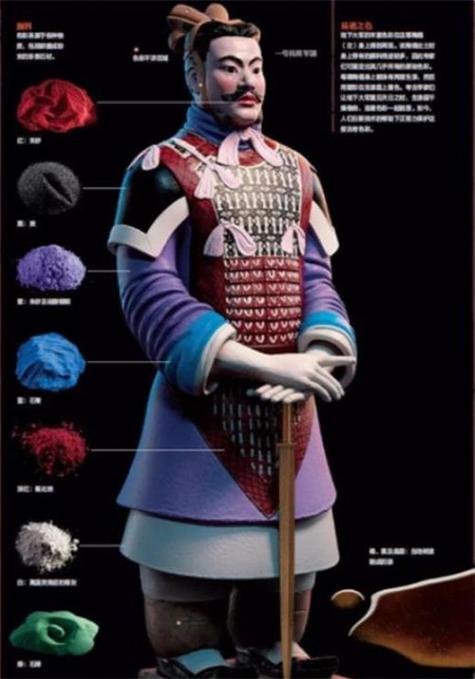
Are the Terracotta Army Terracotta or Ceramic?
While often used interchangeably, "terracotta" and "ceramics" have distinct meanings. Understanding the difference is key to appreciating the craftsmanship of the Terracotta Army.
Defining Ceramics: A Broad Classification
Ceramics represent a wide range of materials crafted from non-metallic minerals, primarily clay. The defining feature of ceramics lies in their creation process: they are shaped while in a malleable state and then subjected to high temperatures in a kiln, resulting in a hardened, durable form. This broad category encompasses a vast array of objects, from everyday items like bricks, tiles, and tableware to intricate artistic creations and even advanced technological components.
Terracotta: A Specific Type of Ceramic
Terracotta, derived from the Italian words "terra" (earth) and "cotta" (cooked), is a specific type of ceramic. It's characterized by its reddish-brown color, derived from the iron content in the clay. Unlike some other ceramics that are glazed to achieve a glassy, waterproof finish, terracotta is typically left unglazed or is finished with a matte glaze. This porous nature makes terracotta suitable for applications where breathability is desired, such as pottery and architectural elements.
The Terracotta Army: A Testament to Craftsmanship
The Terracotta Army, an awe-inspiring collection of life-sized terracotta figures, stands as a testament to the skill and artistry of ancient Chinese artisans. These figures, depicting warriors, horses, and chariots, were created during the Qin dynasty to accompany China's First Emperor, Qin Shi Huang, in the afterlife.
The creation of the Terracotta Army involved shaping the terracotta clay into intricate forms, capturing the unique features and expressions of each figure. Following the shaping process, the figures underwent firing at high temperatures, solidifying their forms and ensuring their preservation for millennia.
Conclusion: A Distinction Within a Category
To answer the initial question: the Terracotta Army is indeed made of terracotta. However, it's crucial to recognize that "terracotta" itself falls under the broader category of "ceramics." The distinction lies in the specific type of clay used, the firing techniques employed, and the resulting aesthetic and functional qualities. The Terracotta Army stands as a breathtaking example of the artistic possibilities achievable within the realm of ceramics, showcasing the enduring power of this ancient craft.
FAQs
Q1: Is all pottery considered terracotta? A1: No, not all pottery is terracotta. While terracotta is a type of pottery, other types exist, using different clay compositions and firing techniques.
Q2: Why was terracotta chosen for the Terracotta Army? A2: Terracotta, readily available in the region, offered a durable and malleable medium for creating the figures. Its porous nature also facilitated the drying process, essential for such large-scale works.
Q3: Besides the Terracotta Army, what are other famous examples of terracotta art? A3: Notable examples include the Venus of Dolní Věstonice, one of the oldest known ceramic figurines, and numerous Greek and Roman sculptures and architectural elements.